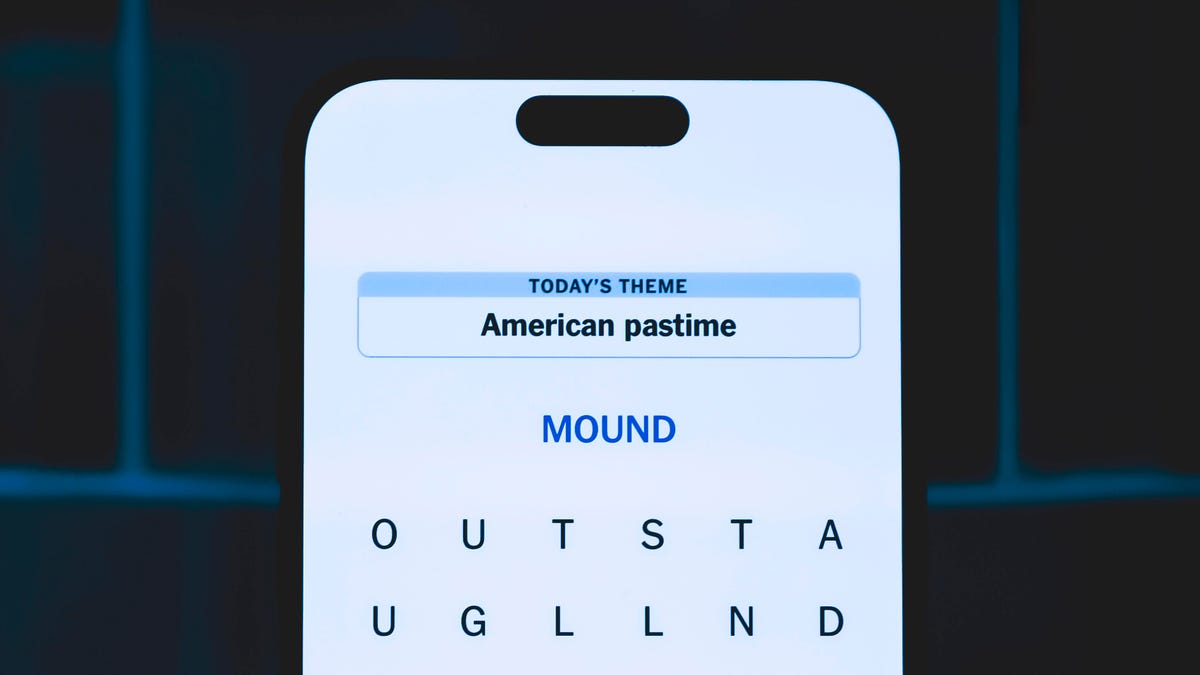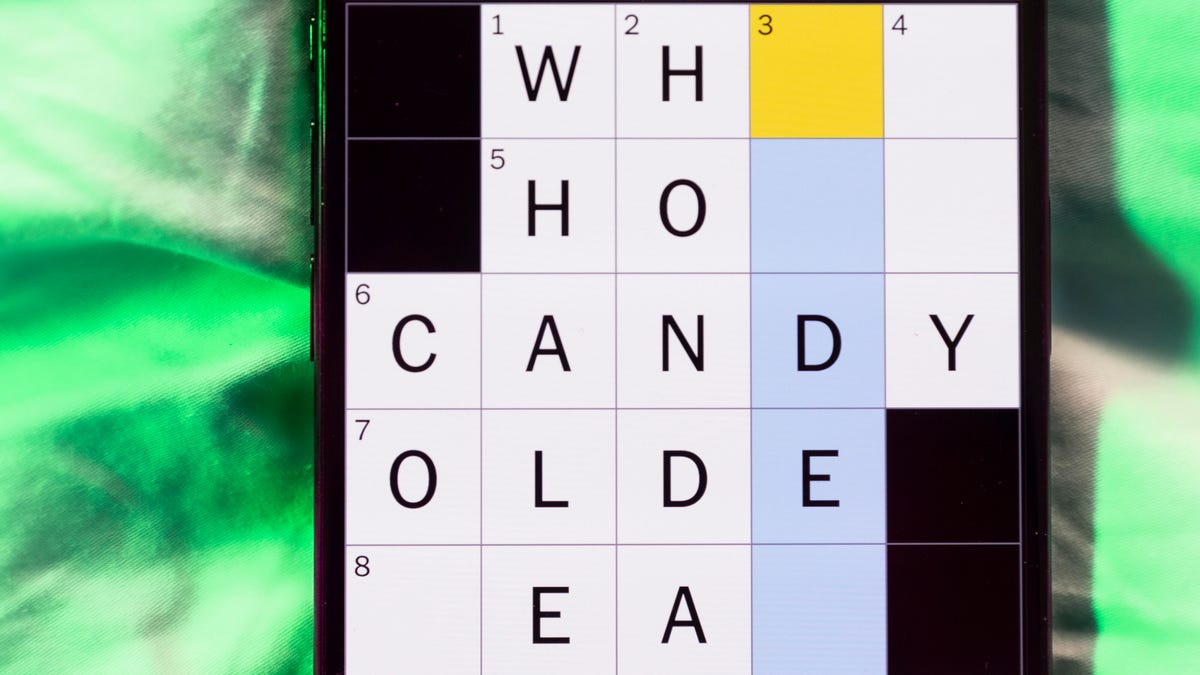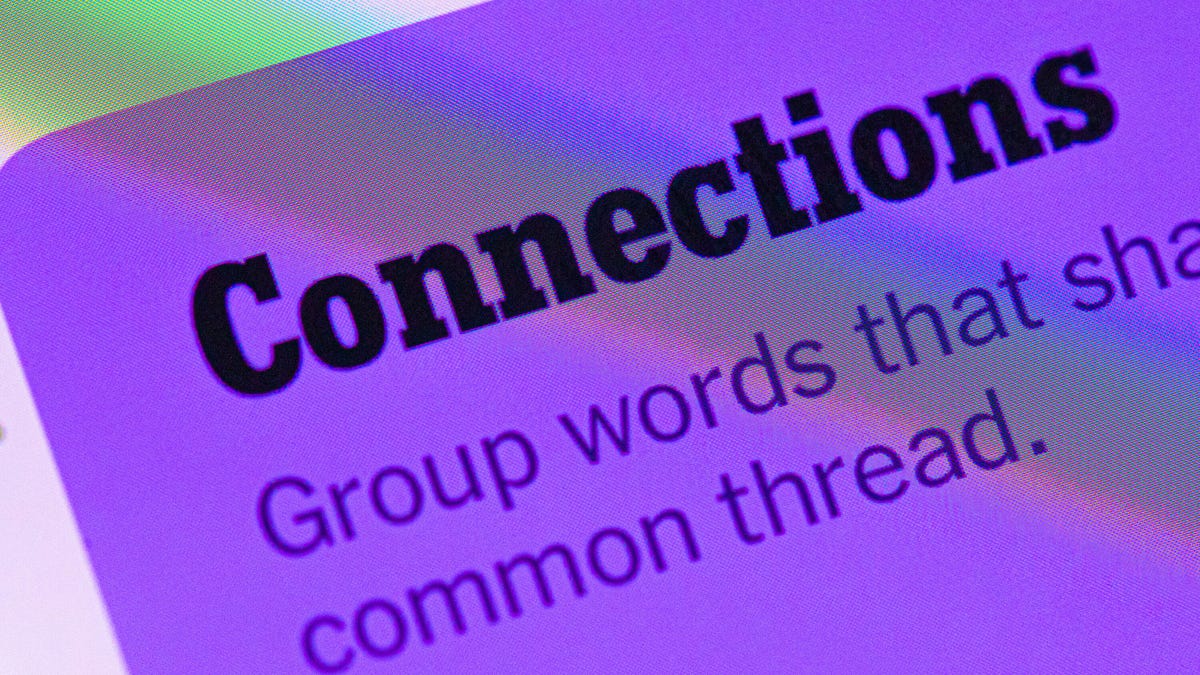Technologies
Cryptocurrency scams are all over social media. Don’t get duped
That tweet, live event or ad you see on social media could be fake.

On Sept. 15, Tim Dodd clicked on what he thought was a livestream on YouTube of SpaceX’s historic Inspiration4 launch from the Kennedy Space Center. What he saw next took him by surprise.
Dodd, a well-known space fan who created the YouTube channel Everyday Astronaut, landed a rare tour of SpaceX’s rocket facilities in Texas with CEO Elon Musk this summer. And it was just that footage Dodd saw. Someone had copied Dodd’s video to create fake livestreams of the launch, which was also part of a fundraiser for St. Jude Children’s Hospital. Scammers, Dodd says, were trying to trick people into donating Bitcoin on another site.
He said he’s reported at least two dozen cryptocurrency scam videos to YouTube, but they continue to pop up. «It just makes me feel so hopeless,» Dodd said.
Creating a fake live event video is just one way crooks are attempting to dupe crypto enthusiasts into giving away their assets. From fake giveaways to bogus investment sites, scammers use YouTube, Twitter and other social media sites to hook potential victims. Last week, Twitter flagged accounts that appeared to be tied to a Squid Game crypto coin and that bilked buyers out of more than $2 million by exploiting enthusiasm for the hit Netflix show. Scammers are even turning to dating apps to push these schemes.
Unlike a stolen credit number — an inconvenient but rarely troublesome issue — stolen crypto is basically gone. Many cryptocurrencies are decentralized, managed only by code running on a blockchain ledger.
Here are some ways to avoid getting duped on social networks:
Pay attention to the details
Recognizing a fake tweet, ad or video on social media can be tricky because scammers often steal images to give their ploys credibility. Sometimes they go as far as hacking verified accounts, creating the illusion of legitimacy by insinuating a well-known figure is involved. In 2020, hackers breached a handful of high-profile Twitter accounts to promote a cryptocurrency scam that promised to double the amount of Bitcoin sent to a specified address. Some of the accounts belonged to Musk, Amazon founder Jeff Bezos, celebrity Kim Kardashian and Joe Biden, who was running for US president at the time.
Look closely at the name of a website, the description of a YouTube video and the handle of a Twitter account. Little details, like a small misspelling, could be a red flag.
In March, the BBC reported a man in Germany was duped by a Bitcoin giveaway scam tweeted by a fake Musk account. The tweet asked people to send anything from 0.1 Bitcoin to 20 Bitcoin and Musk’s team would send back double the amount. The scammer created the illusion the account belonged to Musk by using it to reply to a real tweet from the Tesla boss. The scammer copied Musk’s profile picture and used a verified Twitter account. But if you look closely, the Twitter handle of the fake Musk account is @JoshyMcB not @elonmusk.
A Twitter spokesperson said using scam tactics on Twitter to obtain money or private financial information violates its rules. «We’re constantly adapting to bad actors’ evolving methods and have made improvements in combating cryptocurrency scams on the platform,» the spokesperson said. The company updated its verification policy, but Twitter has also mistakenly verified fake accounts before.
Satnam Narang, a staff research engineer at the security firm Tenable, estimates scammers stole more than $10 million using fake Twitter and YouTube accounts to promote bogus cryptocurrency giveaways before Musk’s appearance on Saturday Night Live in May. The scammers impersonated the Twitter accounts of SNL and celebrities, such as Miley Cyrus. Scammers have also used YouTube ads to promote a fake SpaceX coin.
«Even though cryptocurrency has been around for over a decade now, it’s just started to take hold,» Narang said. «A lot of people have a fear of missing out.»
Facebook is also filled with fake accounts. On Nov. 1, a verified page with more than 153,000 followers impersonating Musk falsely claimed the tech executive was doubling payments sent to a Bitcoin address for the next 30 minutes. The page transparency section, though, indicates the user changed their name multiple times and is located in Egypt.
The Facebook page is no longer available. Facebook didn’t respond to questions about the page.
During Google’s Pixel 6 event on Oct. 19, cryptocurrency scammers created a fake live video using footage from an earlier Google event. The slick scam uses the Google logo to convincingly sell itself as the Google Live YouTube channel. At one point, the imitation video had more than 41,000 views but it was taken down shortly after the event began. The video’s description, though, held telltale clues that it was bogus, moving between the first and third persons. A Google search showed parts of the text were plagiarized from a news article.
During the fake livestream, scammers directed people to another website that falsely said Google was giving away 1,000 Bitcoin and 20,000 Ether to celebrate the launch of its new smartphones. The scammers said people who sent Bitcoin or Ether would get more cryptocurrency back. The website, though, isn’t from a .google address, a sign that Google wasn’t behind a giveaway.
«Content intended to scam the YouTube community — such as cryptocurrency scams — or impersonate another YouTube channel is not allowed on YouTube,» said YouTube spokeswoman Ivy Choi in a statement. The company said from April to June it removed more than 3.7 million channels and 884,000 videos for spam, deceptive practices and scams.
Do your research
Scammers could try to lure you into investing through a bogus site, bringing up the topic while you’re chatting on a dating app or on social media. They’ll tell you about a new cryptocurrency opportunity they’ve jumped on, but it’s all a ruse to get you to invest through a fake website.
«These websites may even make it look like your investment is growing,» the FTC warned. «But people report that, when they try to withdraw supposed profits, they are told to send even more crypto — and end up getting nothing back,» the Federal Trade Commission warned.
From October 2020 to March 2021, nearly 7,000 people reported losses of more than $80 million to cryptocurrency investment scams, according to the FTC. The agency also said that over the past six months people have reported sending more than $2 million in cryptocurrency to Musk impersonators.
The agency says you should be wary if scammers guarantee you’ll make money or make big claims without details. You can also search for the name of the company or cryptocurrency with words such as «review,» «scam» or «complaint,» the agency noted.
If you do suspect someone is pushing a cryptocurrency scam, you can report it to the FTC, the Commodity Futures Trading Commission, the US Securities and Exchange Commission or the cryptocurrency exchange company you use.
Protect your cryptocurrency
Guardrails used to protect conventional online finance can also be applied to cryptocurrency to minimize potential losses if you do fall for a scam.
These include using a strong password, turning on two-factor authentication or using a separate email for your Bitcoin account. You can also use a type of hardware wallet, also known as a cold wallet, to store your private keys in a physical device like a USB stick.
You can store your cryptocurrency in a handful of separate wallets so you can keep funds you’ve set aside for investment apart from funds you expect to spend.
«It’s all the same things that we talk about when it comes to cyber hygiene that we apply to traditional finance,» Narang said. «It’s just this is like the Wild Wild West.»
Technologies
Today’s NYT Strands Hints, Answers and Help for Aug. 24 #539
Here are hints and answers for the NYT Strands puzzle for Aug. 24, No. 539.

Looking for the most recent Strands answers? Click here for our daily Strands hints, as well as our daily answers and hints for The New York Times Mini Crossword, Wordle, Connections and Connections: Sports Edition puzzles.
Today’s NYT Strands puzzle is a tough one. Long words, short words, they’re all over the map. If you need hints and answers, read on.
I go into depth about the rules for Strands in this story.
If you’re looking for today’s Wordle, Connections and Mini Crossword answers, you can visit CNET’s NYT puzzle hints page.
Read more: NYT Connections Turns 1: These Are the 5 Toughest Puzzles So Far
Hint for today’s Strands puzzle
Today’s Strands theme is: Plug your ears.
If that doesn’t help you, here’s a clue: Check the decibel level.
Clue words to unlock in-game hints
Your goal is to find hidden words that fit the puzzle’s theme. If you’re stuck, find any words you can. Every time you find three words of four letters or more, Strands will reveal one of the theme words. These are the words I used to get those hints but any words of four or more letters that you find will work:
- BLAST, LAST, LABS, TING, STING, BOOT, DENT, DENTS, GOON, NITS, SIRE, STIR, RISE, ROSE
Answers for today’s Strands puzzle
These are the answers that tie into the theme. The goal of the puzzle is to find them all, including the spangram, a theme word that reaches from one side of the puzzle to the other. When you have all of them (I originally thought there were always eight but learned that the number can vary), every letter on the board will be used. Here are the nonspangram answers:
- LOUD, NOISY, BOOMING, BLASTING, STRIDENT, BOISTEROUS
Today’s Strands spangram
Today’s Strands spangram is HUBBUB. To find it, look for the H that’s five letters down on the far-right row, and wind backwards.
Toughest Strands puzzles
Here are some of the Strands topics I’ve found to be the toughest in recent weeks.
#1: Dated slang, Jan. 21. Maybe you didn’t even use this lingo when it was cool. Toughest word: PHAT.
#2: Thar she blows! Jan.15. I guess marine biologists might ace this one. Toughest word: BALEEN or RIGHT.
#3: Off the hook, Jan. 9. Similar to the Jan. 15 puzzle in that it helps to know a lot about sea creatures. Sorry, Charlie. Toughest word: BIGEYE or SKIPJACK
Technologies
Today’s NYT Mini Crossword Answers for Sunday, Aug. 24
Here are the answers for The New York Times Mini Crossword for Aug. 24.

Looking for the most recent Mini Crossword answer? Click here for today’s Mini Crossword hints, as well as our daily answers and hints for The New York Times Wordle, Strands, Connections and Connections: Sports Edition puzzles.
Today’s Mini Crossword cites one of my favorite childhood shows in 6-Across. Hint: Think of a red-headed comedian who was famous for tugging her ear and for some classic commercial parodies — and who is still with us at age 92. Need answers for today’s NYT Mini Crossword? Read on. And if you could use some hints and guidance for daily solving, check out our Mini Crossword tips.
If you’re looking for today’s Wordle, Connections, Connections: Sports Edition and Strands answers, you can visit CNET’s NYT puzzle hints page.
Read more: Tips and Tricks for Solving The New York Times Mini Crossword
Let’s get to those Mini Crossword clues and answers.
Mini across clues and answers
1A clue: Perch for a family photo
Answer: SHELF
6A clue: Burnett with a variety show from 1967 to 1978
Answer: CAROL
7A clue: Plant that yields mezcal
Answer: AGAVE
8A clue: Deceptive ploys
Answer: RUSES
9A clue: «You’ve gotta be kidding me!»
Answer: YEESH
Mini down clues and answers
1D clue: How a leap of faith might feel
Answer: SCARY
2D clue: Dutch seat of government, with «The»
Answer: HAGUE
3D clue: What many pencils can do that magic markers can’t
Answer: ERASE
4D clue: Holds dear
Answer: LOVES
5D clue: _ and blood (kin)
Answer: FLESH
Technologies
Today’s NYT Connections Hints, Answers and Help for Aug. 24, #805
Here are some hints and the answers for the NYT Connections puzzle for Aug. 24, #805.

Looking for the most recent Connections answers? Click here for today’s Connections hints, as well as our daily answers and hints for The New York Times Mini Crossword, Wordle, Connections: Sports Edition and Strands puzzles.
Today’s NYT Connections puzzle is a real mix. The green category reminds me that the puzzle editors love to find common words that have second meanings that are somewhat rare. Hint: «Rent» doesn’t only mean money you pay to a landlord. Read on for clues and today’s Connections answers.
The Times now has a Connections Bot, like the one for Wordle. Go there after you play to receive a numeric score and to have the program analyze your answers. Players who are registered with the Times Games section can now nerd out by following their progress, including number of puzzles completed, win rate, number of times they nabbed a perfect score and their win streak.
Read more: Hints, Tips and Strategies to Help You Win at NYT Connections Every Time
Hints for today’s Connections groups
Here are four hints for the groupings in today’s Connections puzzle, ranked from the easiest yellow group to the tough (and sometimes bizarre) purple group.
Yellow group hint: Cheers!
Green group hint: You don’t want this to happen to your pants.
Blue group hint: Sssss…
Purple group hint: Do this with a phone.
Answers for today’s Connections groups
Yellow group: Wine vessels.
Green group: Ripped.
Blue group: Kinds of snakes.
Purple group: ____ call.
Read more: Wordle Cheat Sheet: Here Are the Most Popular Letters Used in English Words
What are today’s Connections answers?
The yellow words in today’s Connections
The theme is wine vessels. The four answers are bottle, carafe, decanter and glass.
The green words in today’s Connections
The theme is ripped. The four answers are cleft, rent, split and torn.
The blue words in today’s Connections
The theme is kinds of snakes. The four answers are coral, garter, king and rattle.
The purple words in today’s Connections
The theme is ____ call. The four answers are booty, close, cold and curtain.
-

 Technologies3 года ago
Technologies3 года agoTech Companies Need to Be Held Accountable for Security, Experts Say
-

 Technologies2 года ago
Technologies2 года agoBest Handheld Game Console in 2023
-

 Technologies2 года ago
Technologies2 года agoTighten Up Your VR Game With the Best Head Straps for Quest 2
-

 Technologies4 года ago
Technologies4 года agoVerum, Wickr and Threema: next generation secured messengers
-

 Technologies4 года ago
Technologies4 года agoGoogle to require vaccinations as Silicon Valley rethinks return-to-office policies
-

 Technologies4 года ago
Technologies4 года agoBlack Friday 2021: The best deals on TVs, headphones, kitchenware, and more
-

 Technologies4 года ago
Technologies4 года agoOlivia Harlan Dekker for Verum Messenger
-

 Technologies4 года ago
Technologies4 года agoiPhone 13 event: How to watch Apple’s big announcement tomorrow
